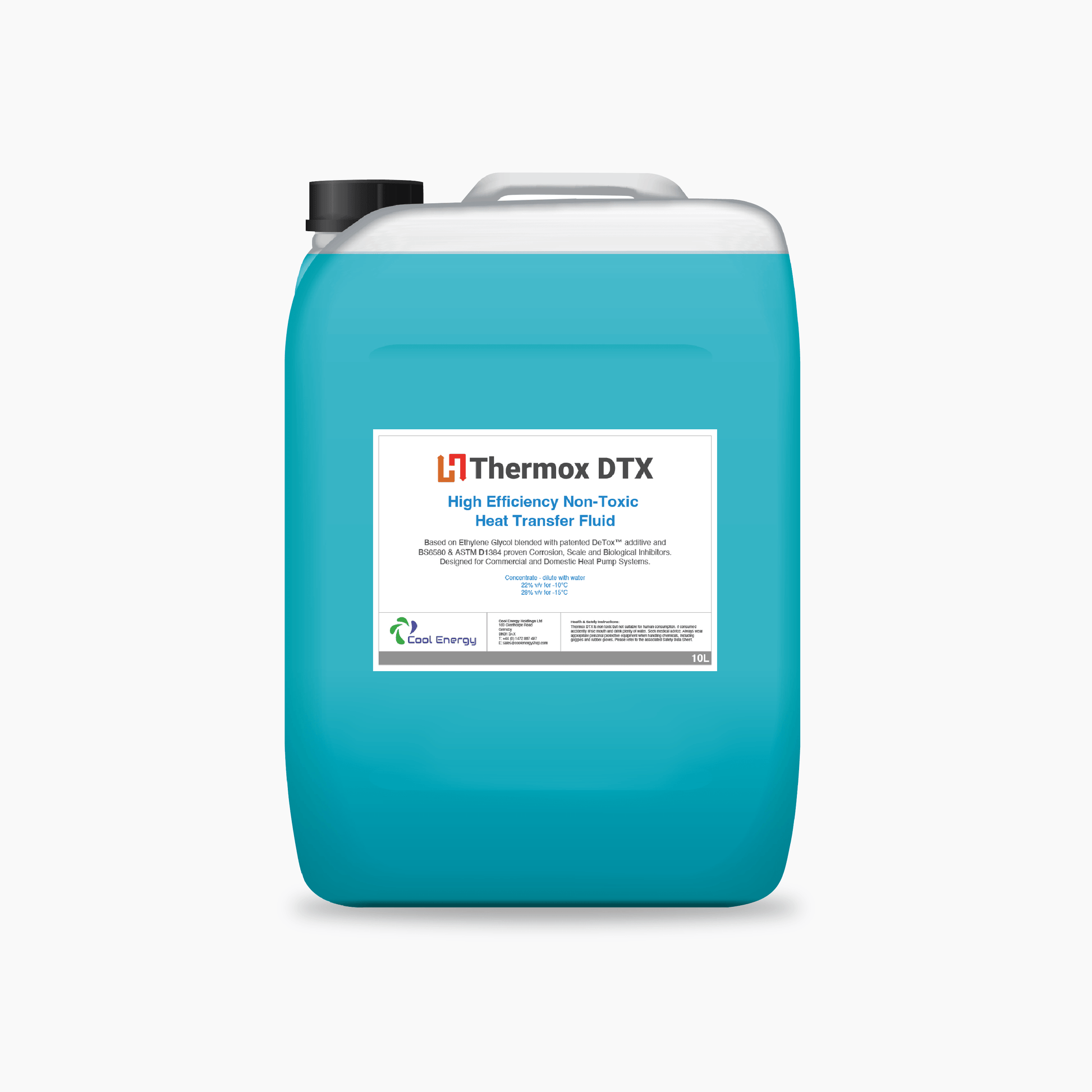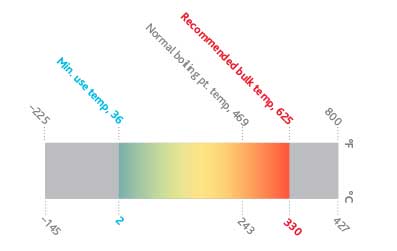Recognizing the Function of Heat Transfer Fluid in Effective Energy Equipments
Recognizing the Function of Heat Transfer Fluid in Effective Energy Equipments
Blog Article
Why Warmth Transfer Fluid Is Necessary for Optimizing Energy Transfer in Solution
The duty of heat transfer liquids in maximizing energy transfer is pivotal for accomplishing efficient thermal monitoring throughout different industrial markets. These liquids help with seamless warm exchange, guaranteeing procedures operate within optimal temperature arrays and minimizing the threat of overheating. Their selection, based on variables like thickness and thermal stability, straight affects the efficiency and sustainability of a system. The intricacies of choosing the right liquid are often underestimated. What are the crucial considerations for this selection, and how do they impact both economic efficiency and ecological duty in commercial applications?

Role in Thermal Management
Warmth transfer liquids play a critical duty in thermal monitoring by effectively controling temperatures in various industrial procedures and systems. These specialized liquids assist in the transfer of warm in between different components, guaranteeing optimal operating conditions and preventing getting too hot. By maintaining precise temperature control, heat transfer fluids enable sectors such as chemical production, oil and gas, and power generation to run safely and efficiently.
The selection of a suitable heat transfer liquid relies on a number of elements, consisting of thermal security, heat ability, and thickness. High thermal stability makes certain that the liquid can endure severe temperatures without deteriorating, while a high warmth ability permits it to soak up and release significant quantities of heat - heat transfer fluid. Reduced thickness lowers the power needed for pumping, adding to general system efficiency
In addition, warmth transfer fluids are integral in applications like refrigeration, where they aid soak up and dissipate warmth throughout the cooling cycle. In solar thermal power systems, these liquids capture and transport solar warmth to create electricity or offer hot water. Their versatility to varied operating conditions and capability to preserve consistent thermal performance emphasize their value in commercial thermal management, promoting operational connection and boosting precaution.

Enhancing System Effectiveness
To make the most of the advantages of thermal administration, boosting system effectiveness through the critical use warm transfer liquids is vital. These fluids play a critical duty in enhancing power transfer by helping with constant thermal law, which in turn influences the overall performance and long life of systems. Effective warmth transfer causes decreased energy losses, minimized functional costs, and enhanced integrity of equipment. By keeping optimum temperature degrees, warm transfer liquids aid make sure that systems run within their designed parameters, thus preventing overheating and decreasing the threat of part failing.

Sorts Of Warm Transfer Liquids
The diversity of warm transfer liquids highlights their essential duty in an array of commercial applications, each customized to meet particular thermal management demands. These fluids assist in reliable power transfer and are chosen based on key residential or commercial properties such as thermal stability, thickness, and warmth capability. The primary types consist of water, glycol options, oils, and synthetics, each offering unique advantages.
Water is the most common warmth transfer medium due to its high particular heat capability and reduced price. Mineral oils are favored for their thermal security and non-corrosive nature, making them appropriate for high-temperature applications.

These fluids guarantee remarkable efficiency in systems where standard fluids might stop working. The option of a warm transfer liquid is vital, as it affects system efficiency, safety, and durability.
Environmental and Economic Perks
Making use of the right warmth transfer liquids offers considerable ecological and financial benefits for industrial operations. By selecting liquids with remarkable thermal stability and high heat capacity, sectors can boost energy efficiency, resulting in reduced gas intake and lower greenhouse gas emissions. This adds to a smaller sized carbon footprint and aligns with international sustainability objectives. Ecologically friendly warmth transfer liquids, commonly eco-friendly and non-toxic, minimize the threat of dirt and water contamination article source in case of leaks or spills, thus shielding ecological communities and following strict ecological policies.
Economically, the best heat transfer fluid can considerably decrease operational costs. Fluids with extensive lifecycle efficiency reduce the frequency of internet replacements and maintenance, decreasing downtime and associated prices. Overall, the strategic usage of optimal heat transfer liquids sustains sustainable economic growth and ecological stewardship.
Choosing the Right Fluid
How does one browse the intricate process of selecting the appropriate heat transfer fluid for commercial applications? Thermal security ensures the fluid can hold up against high temperatures without breaking down, while compatibility protects against corrosion or other damaging responses with system components.
Furthermore, the liquid's heat ability and thickness are paramount. A high warm capability permits the fluid to take in and move even more power, enhancing efficiency.
Final Thought
The critical selection and application of heat transfer liquids are basic to maximizing energy transfer across various systems. By guaranteeing high thermal stability and ability, these liquids offer accurate temperature control and enhance overall system efficiency.
Report this page